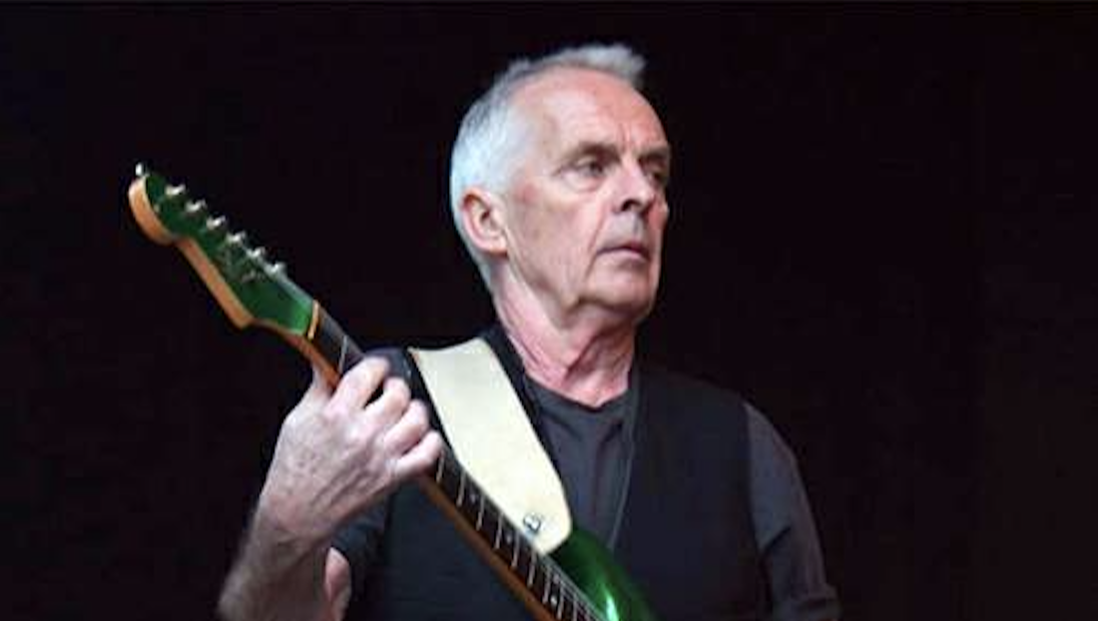Jun. 2023 to May 2024
Completion of Max Miller Restoration
|
A major project to restore and remaster classic Bright Thoughts productions is now under way.
Working with Charles Usher of Reminiscence Media, the plan is to create new High Definition digital master copies of the entire Bright Thoughts catalogue. The first two programmes to be worked on are Here's A Funny Thing and Macready!, which were both recorded in December 1981 at the Fortune Theatre in London. First to be completed is Here's A Funny Thing, John Bardon's wonderful recreation of the life and career of the great music hall comedian Max Miller. Now beautifully restored to 1080p quality, and with the support of a legion of Max Miller fans, it is intended to arrange a cinema screening of this remarkable piece of entertainment history later in 2024. Neil Anthony,
07 May 2024 |
BFI Visual History - Heritage 2022
|
|
BFI Replay is a new, free-to-access, digital archive from the BFI (British Film Institute), exclusively available in UK public lending libraries.
It is the result of one of the UK’s largest mass digitisation programmes, all of the titles have been drawn from the vaults of the BFI National Archive and partner UK Regions and Nations Film Archives. The content uncovers stories from across the UK, its history and its people. Vividly captured in over 60 years of film, television and video from all corners of the UK — what we, our parents and carers, grandparents and communities watched. The platform provides access to 1000s of precious videotapes through the meticulous replay and digitisation of collections from across the UK, lovingly collected and cared for by archivists for over half a century. British Visual History, part of the BFI new major digitisation project this initiative is called Heritage 2022. The content from the Bright Thought Heritage Collection which the BFI curators have kindly sought our permission to use are:
Neil Anthony,
02 January 2024 |
Brian Godding (1945-2023)
A guitarist with a long and remarkable career in music, Brian excelled in improvisation. Self-taught, he performed in genres as diverse as rock, jazz, folk, and dance. Last year, Brian described the Bright Thoughts production of Crossing Bridges as being "the first and last time I gave a solo performance of any kind!" Alongside a number of other improv jazz and experimental guitarists, (Fred Frith, Ron Geesin, Hans Reichel and John Russell), Brian gave an extraordinary performance.
|
|
Extending the range of his guitar by linking it to a chain of echo and delay units, the resulting sound seemed to test the furthest limits of what could be achieved using a seemingly conventional instrument.
We have Andy Park (C4 Commissioning Editor for Music) to thank for commissioning the show. I recall his initial briefing. Andy wanted us to take risks and do different things. He was not chasing the ratings nor using that as a measure of success. He was very happy for it not to be viewed by the masses and I know he really liked the end product. This, therefore, gave us a rare and golden opportunity to explore a unique genre of music just to see where it would take us. More recently, when discussing the making of the programme with Brian he said that his tape machine "was one of the first digital machines being used, a monster 24 track. To think, that can now can be achieved on a laptop or an iPhone!" He was fully in favour of making this ground-breaking recording available to a modern audience, and commented that Crossing Bridges was "unique even by today's standards", and that "improvised music has a much broader audience and acceptance than ever." It is a great sadness to me that when he and I discussed the remastering possibilities recently he said "if there is a possibility to re-issue the program it’s, for sure, worthwhile", and he isn't around to see this come to fruition. It was a privilege to work with Brian in 1983, and to have his enthusiastic support forty years later. He was a a musician of great talent, and one who will be much missed. Neil Anthony,
05 December 2023 |
Media Nations 2023
Latest UK viewing and listening trends revealed
|
The media diets of viewers and listeners in the UK appear to be more diverse and fragmented than ever, according to Ofcom’s latest annual report on the TV, online video, radio and audio sectors.
As competition for the nation’s attention intensifies, Media Nations 2023 finds that the proportion of viewers who tune in to traditional broadcast TV each week has seen the sharpest ever annual fall – from 83% in 2021 to 79% in 2022. BBC One remains the only channel to reach more than half of the viewing population every week.
A similar decline is evident in the average time that viewers spend watching broadcast TV each day – down from 2 hours 59 minutes in 2021, to 2 hours 38 minutes in 2022 (-12%). For the first time, there is evidence of a significant decline in average daily broadcast TV viewing among ‘core’ older audiences (aged 65+) – a drop of 8% year on year, and down 6% on pre-pandemic levels.
Our data also suggests that older viewers are diversifying their viewing and becoming more likely to take up streaming services, although household take-up of these services overall appears to be plateauing. The proportion of over-64s subscribing to Disney+, for example, increased from 7% in 2022 to 12% in 2023.
Steep decline in ‘mass audience’ programmes
The report reveals another notable shift in the broadcast TV landscape – a steep decline in the number of programmes attracting ‘mass audiences’. The number of programmes with more than four million TV viewers has halved over the past eight years, from 2,490 in 2014, to 1,184 in 2022.[5]
While the number of programmes with large audiences is down across all genres, these declines are a reflection of fewer people watching the main early and late evening TV news bulletins, as well as a steady decline in viewing figures for the three most popular soaps: Coronation Street, EastEnders and Emmerdale. Since 2014, news programmes attracting 4m+ viewers are down 72% – from 537 to 148 programmes, while mass audience soap episodes are down 42%, from 754 to 438 programmes.
In comparison, only 48 programmes averaged more than four million TV viewers on streaming platforms in 2022, with Netflix accounting for the vast majority. High levels of viewing to these services are spread across the tens of thousands of episodes available in their libraries, illustrating just how fragmented the viewing landscape has become.
As competition for the nation’s attention intensifies, Media Nations 2023 finds that the proportion of viewers who tune in to traditional broadcast TV each week has seen the sharpest ever annual fall – from 83% in 2021 to 79% in 2022. BBC One remains the only channel to reach more than half of the viewing population every week.
A similar decline is evident in the average time that viewers spend watching broadcast TV each day – down from 2 hours 59 minutes in 2021, to 2 hours 38 minutes in 2022 (-12%). For the first time, there is evidence of a significant decline in average daily broadcast TV viewing among ‘core’ older audiences (aged 65+) – a drop of 8% year on year, and down 6% on pre-pandemic levels.
Our data also suggests that older viewers are diversifying their viewing and becoming more likely to take up streaming services, although household take-up of these services overall appears to be plateauing. The proportion of over-64s subscribing to Disney+, for example, increased from 7% in 2022 to 12% in 2023.
Steep decline in ‘mass audience’ programmes
The report reveals another notable shift in the broadcast TV landscape – a steep decline in the number of programmes attracting ‘mass audiences’. The number of programmes with more than four million TV viewers has halved over the past eight years, from 2,490 in 2014, to 1,184 in 2022.[5]
While the number of programmes with large audiences is down across all genres, these declines are a reflection of fewer people watching the main early and late evening TV news bulletins, as well as a steady decline in viewing figures for the three most popular soaps: Coronation Street, EastEnders and Emmerdale. Since 2014, news programmes attracting 4m+ viewers are down 72% – from 537 to 148 programmes, while mass audience soap episodes are down 42%, from 754 to 438 programmes.
In comparison, only 48 programmes averaged more than four million TV viewers on streaming platforms in 2022, with Netflix accounting for the vast majority. High levels of viewing to these services are spread across the tens of thousands of episodes available in their libraries, illustrating just how fragmented the viewing landscape has become.
03 August 2023




